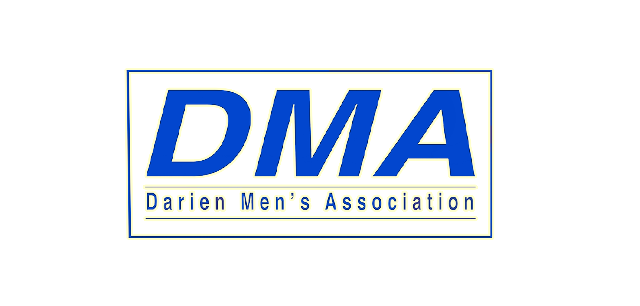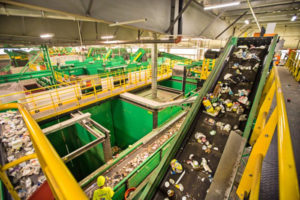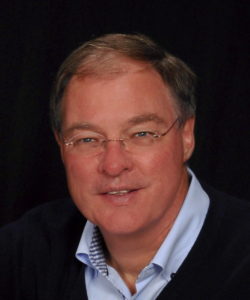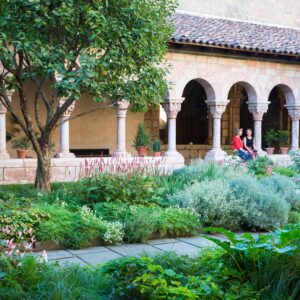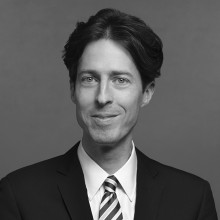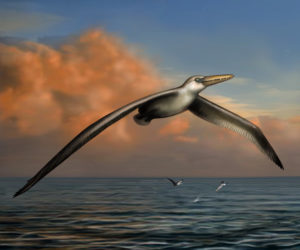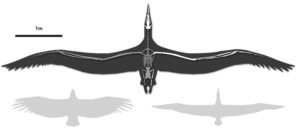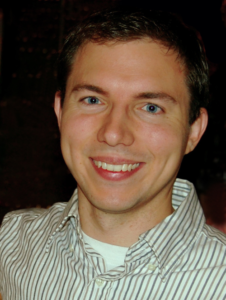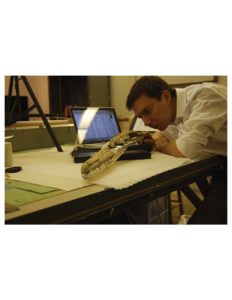Thomas Madden will speak to us about the robust economic health of Stamford and the surrounding towns. He brings a portfolio of facts to support his message – education, transportation, corporate moves, incomes, occupancy rates, … A good news story when we often focus on the negative.
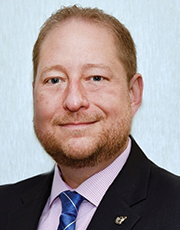 Thomas Madden: Director of Economic Development, City of Stamford
Thomas Madden: Director of Economic Development, City of Stamford
Mr. Madden was appointed Director of Economic Development for the City of Stamford, CT in June 2014. Previously, he held the position of Commissioner of the Department of Community Development and Conservation for the Town of Greenburgh, NY. Prior, he has worked for the Westchester County Planning Department, Maricopa County Department of Transportation and several private consulting firms.
Thomas has been instrumental in the development of new environment standards including the adoption of Green Building code for new site development, revisions to the Energy Star code and a Smart Growth Development Study.
Mr. Madden was a steering committee member for Westchester County’s Central Park Avenue Bus Rapid Transit Study, Greenburgh Comprehensive Plan update and a member of the two Stakeholders’ Advisory Working Groups for the Tappan Zee Bridge/I-287 Environmental Review. Thomas co-chairied, a seven county planning consortium to develop a Regional Sustainability Plan that tied into the Mid-Hudson Regional Economic Development Council’s 2011 Strategic Plan.
Thomas is a member of the American Planning Association and the American Institute of Certified Planners.
Mr. Madden graduated from the University of Victoria with a BA in geography (Urban Studies) and attended Dalhousie University’s Masters of Urban and Rural Planning Program, where he was awarded the Harry Kitz Park Development Scholarship for Park Design and the Mobil Oil Canada Scholarship for Impact and Design Studies for his graduate thesis on the potential for eco-industrial development in Cape Breton, Nova Scotia. In his spare time, he enjoys coaching youth hockey and is a Director for the Terry Fox Run for Cancer Research in NYC, raising more than 2 million dollars for cancer research.
Here are his slides: Tom Madden Presentation
Arranged by Gary Banks and Bryan Hooper
Bryan’s notes from the talk:
Thomas Madden, Director of Economic Development for the City of Stamford, remains upbeat about growth prospects for businesses in the area despite – and maybe partly due to – the impact of the novel corona virus. While unemployment in the Greater Stamford area is currently 11% compared with 3% pre-covid, the employment situation has begun to improve since late-April, and there is optimism that the implementation of the various recovery phases will prove successful in restoring the economy – always provided that people take the advice of the Governor and follow safety guidelines. Stamford has taken remedial action to assist residents living in area where there have been spikes in viral cases by promoting safe practices and providing appropriate information and equipment.
In the longer term, Thomas stated his opinion that the impact of the virus will continue to encourage some CEOs to move out of the immediate New York City area and migrate to places like Fairfield County, which has a highly educated, tech-savvy workforce, good housing, transportation facilities and cultural amenities. He also made it clear that his target prospects to entice to Stamford are not firms currently within Connecticut.
While the Stamford office vacancy rate is relatively high at 27% and more space is being developed, he firmly believes that workers, especially the young, will want to return to offices, so demand will increase. In terms of the return to normalcy, Madden stressed that we are still in the process of running a marathon, but approaching the mid-way mark: stabilization has to occur before we can enjoy a full recovery.
